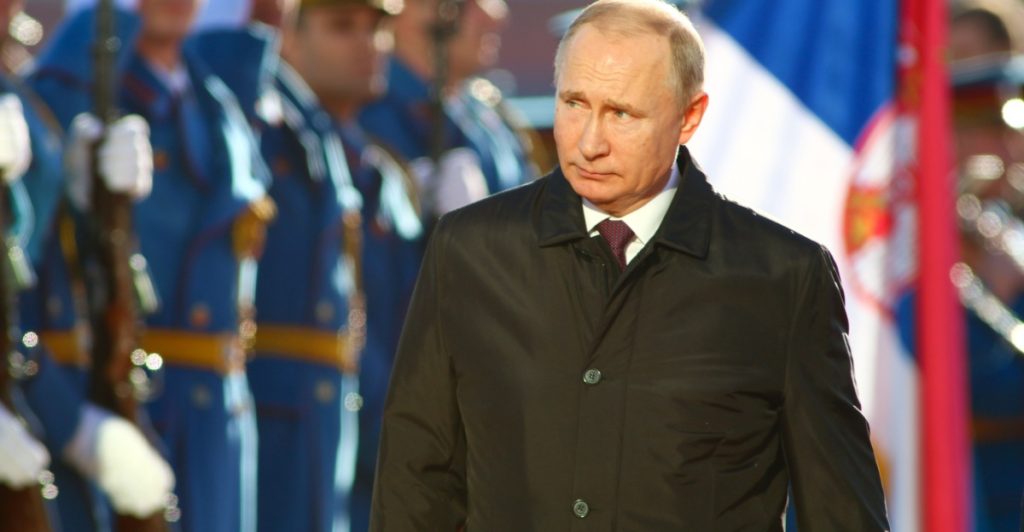The war in Ukraine has entered a new phase, and Europe faces an immense financial test.
Others are reading now
Analysts say the next few years will reveal whether the continent can protect its security without relying on the United States.
Rising costs
An analysis by The Economist estimates that Ukraine will require about 389 billion dollars in military and financial aid between 2026 and 2029.
The money would cover defense needs and help keep the country’s economy functioning.
That figure is almost twice the more than 200 billion dollars Europe has already sent since the war began in 2022. During the same period, the United States provided about 133 billion dollars in assistance.
If Washington withdraws, other NATO members would need to raise support from 0.2 percent of their combined GDP to 0.4 percent.
Also read
The challenge recalls the Cold War years, when the United States expanded its defense spending to match the Soviet Union. This time, however, Europe must act largely alone.
Ukraine’s struggle
Kyiv has lifted its defense budget by around 20 percent each year to keep pace with Russia’s growing war economy.
According to figures from Dragon Capital, Ukraine spends about 65 billion dollars on defense and another 73 billion on civilian services.
The country’s annual revenue stands near 90 billion dollars, leaving a 50 billion deficit that foreign partners must cover.
Donated weapons and air defense systems from Western allies cost 40 billion dollars this year.
Also read
Despite that help, Kyiv remains under pressure. Officials believe Russia’s real war spending may be more than twice its declared budget, deepening the imbalance on the battlefield.
Dependent on U.S. weapons
The Economist notes that Europe will have to supply about 181 billion dollars in weapons and ammunition over the next four years.
During Joe Biden’s presidency, America delivered around 75 billion dollars in equipment.
Under Donald Trump, direct U.S. military aid has stopped, though intelligence sharing continues.
European governments plan to strengthen their own arms industry, yet they still depend on U.S. systems.
Also read
The Patriot air defense network remains superior to Europe’s SAMP/T system.
No European country currently produces long-range cruise missiles like the American Tomahawk or precision launchers such as HIMARS.
This dependence means part of Europe’s spending could still return to U.S. manufacturers, even as leaders seek greater independence from Washington.
A test for Europe
Despite the costs, analysts say Europe is starting to face the threat with more urgency.
“Europe seems to have stepped up and is taking the Russian threat seriously,” said Vladislav Rascovan, a member of the International Monetary Fund’s executive board representing Ukraine and fifteen other nations.
Also read
For European governments, the issue now reaches beyond Ukraine’s defense.
It is about whether the continent can act in line with its own foreign policy interests and secure peace without American protection.
Sources: The Economist, Digi24, Dragon Capital, IMF
This article is made and published by Kathrine Frich, who may have used AI in the preparation


